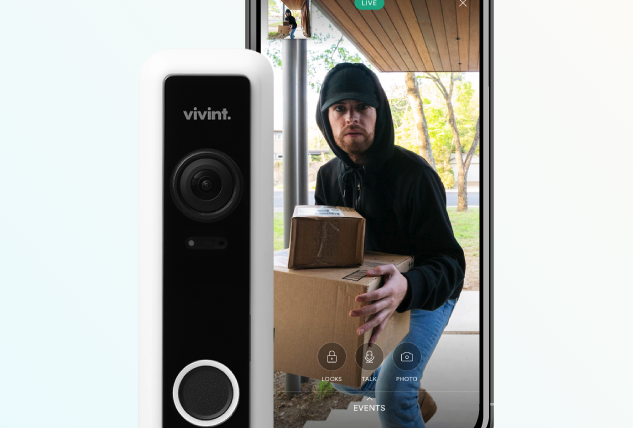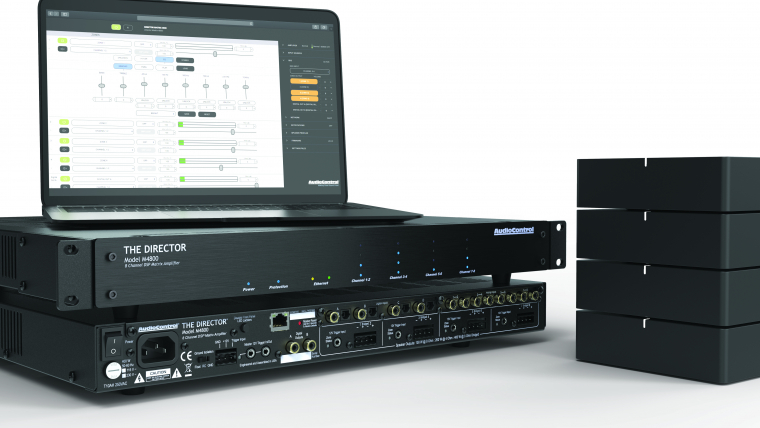
The building and remodeling industry has a dark side. According to a 2019 report from the United National Environment Program, the construction industry accounted for 38 percent of total global energy-related CO2 emissions. The International Energy Agency (IEA) estimates the direct building CO2 emissions need to fall by 50 percent by 2030. The most efficient way to do this is by including sustainable, energy efficient products and techniques one project at a time.
Making an Impact
The 2020 Realtors’ & Sustainability Report from the National Association of Home Builders (NAHB) found that 68 percent of homeowners preferred environmentally-friendly choices. Consumers are aware of the longterm savings an energy-efficient home can give them, even if the upfront cost is higher.
For the client that needs some convincing, smart technology can help break down the data and show the impact of their choices. This starts with smart thermostats.


Cooling Down the Waste
In control of the home’s greatest energy user – the heating and cooling system – these thermostats make it easy and intuitive to save energy. Studies show that most residential users never program their regular thermostats, thereby missing out on potential savings. Instead a smart thermostat can be adjusted to raise or lower based on daily schedules or weather conditions. And if it is linked to a whole home system, it can automatically adjust when someone enters the home or leaves.
The hesitant consumer might also find the thermostats with data handy, as they will keep track of daily, weekly or monthly usage. This shows exactly how much energy a homeowner is saving and how to find more ways to cut back on energy.
An Easy Switch
Lighting accounts for about 4 percent of total residential sector electricity consumption, but it’s a simple change to lower. LED light bulbs use less energy and last longer than incandescent light bulbs, and replacing or building a whole home with them will significantly lower energy usage. Smart home lighting takes it a step further by enabling a homeowner to control lighting remotely – like while on vacation – or to schedule lights to turn on or off. It might also appeal to clients with larger homes to be able to turn all of their lights off with one button.


Saving Water Where It Counts
American household waste nearly one trillion gallons of water annually, but this valuable resource can easily be saved with smart technology. Smart water leak devices not only help homeowners monitor their use, but they also alert homeowners if a pipe is leaking. Even a small amount of water leaking out of a pipe can lead to larger issues, like mold. A burst pipe is also detectable with smart water monitoring, which saves consumers the cost and frustration of dealing with water damage.


Cooking Smart
Many appliances today are available with connectivity and can save clients time and money while reducing wasteful energy loss. Not only do these energy efficient appliances use less energy overall, but they can be operated remotely and can alert the homeowner if a door is left open or if inventory stock – like dishwasher detergent – is low. Having more easy-to-operate appliances means more clients will be willing to cook at home, which also cuts down on food waste and energy spending.



